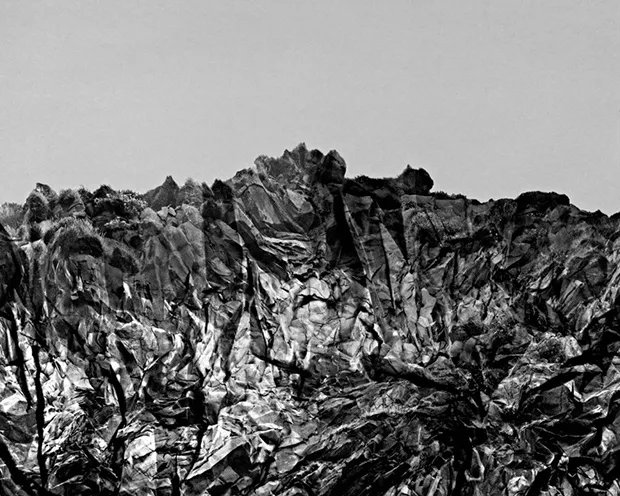
Douglas Garrett @garrettneuro.bsky.social
@garrett_neuro
Senior Scientist and PI of the Lifespan Neural Dynamics Group 🇨🇦➡️🇩🇪
ID: 2306858654
http://www.douglasdgarrett.com 23-01-2014 16:20:40
2,2K Tweet
1,1K Followers
666 Following
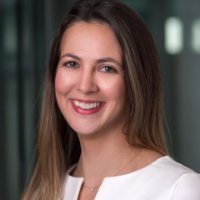
I am very honored and happy to being selected as one of the new 2023 FENS-Kavli scholars. Looking forward to the neuroscientific exchange, advocacy, and outreach efforts across Europe!! Thank you for the trust and support FENS Kavli Network Jacobs Center for Productive Youth Development @GaabLab HMZ STRESS & all

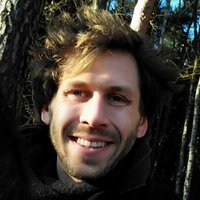
Happy to see our new work out Nature Aging, suggesting that dopaminergic and noradrenergic nuclei relate to different memory types in older adults. Great collaboration w/ @shelbybachman Mara Mather M. Werkle-Bergner & others from USC Leonard Davis School of Gerontology Max Planck Institute for Human Development nature.com/articles/s4358… 🧵
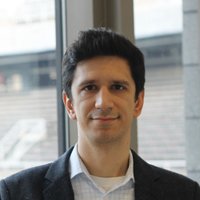
Towards a biologically annotated brain connectome | doi.org/10.1038/s41583… How do we integrate local biological annotations with connectome wiring? Vincent Bazinet + Justine Hansen lay out how to build and analyze annotated connectomes Nature Rev Neurosci ⤵️
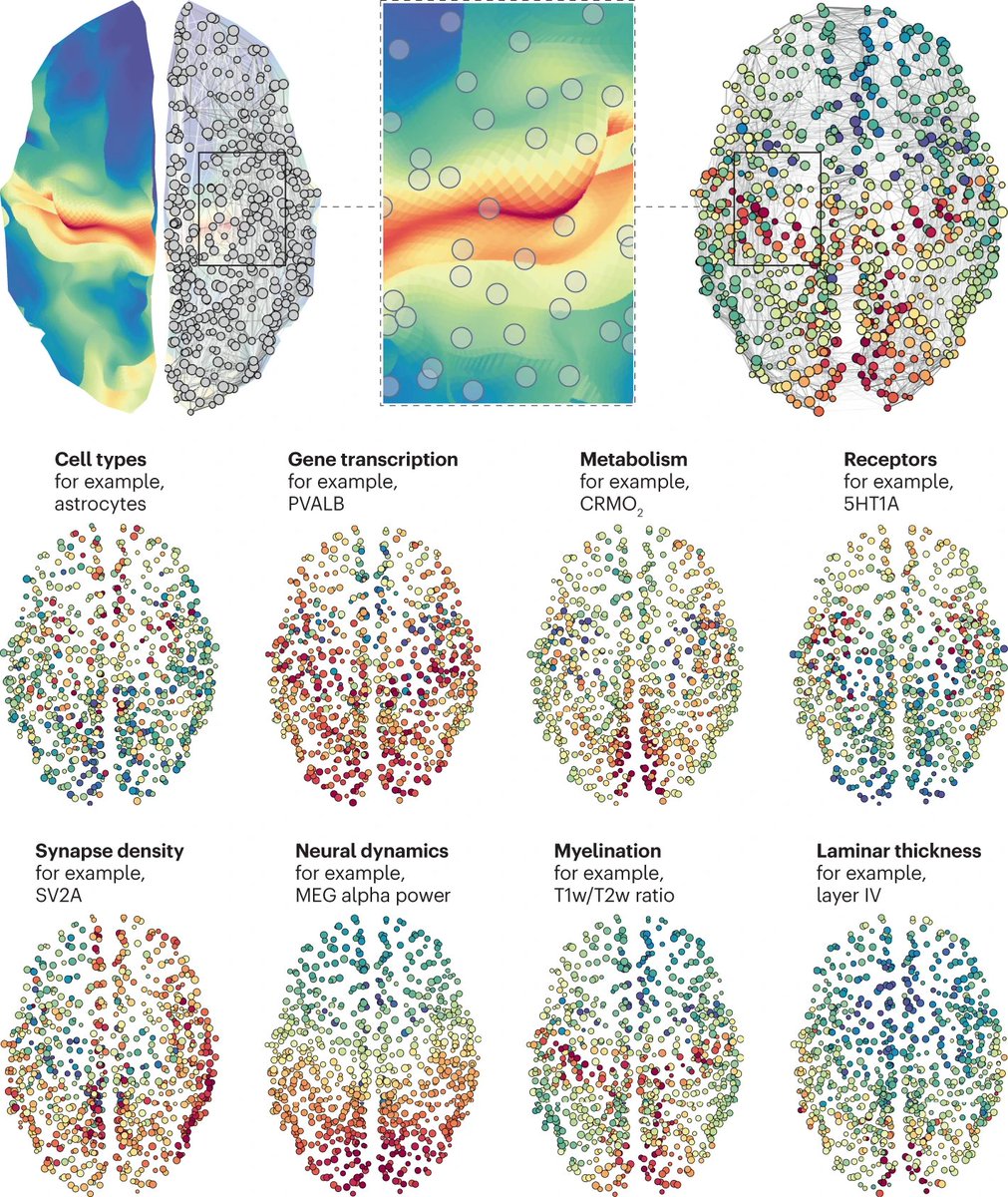
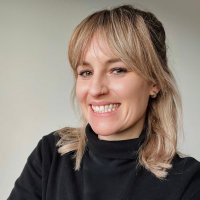
Excited to share my PhD work out now in Science Advances ❗️. Big thanks to Tomás Ryan and my amazing co-authors ⭐️


🚨New pub!🚨 Is it possible to modulate sensory information processing in a non-invasive manner by modulating ongoing oscillatory activity in the prefrontal cortex in humans? Yes, we can! Take a look at our Open Access pub Nature Human Behaviour 👇👇 nature.com/articles/s4156…

The latest in a series of interviews I've been conducting for The Transmitter: thetransmitter.org/connector-hub/…. I sat down with Bratislav Misic and discussed his ideas on using network science to map the brain, including his beautiful work on Parkinson's disease with @alain_dagher. Enjoy!
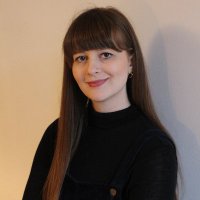
Intrigued to discover more about how DBS reveals & therapeutically impacts on the dysfunctional circuits behind different brain disorders, from OCD to dystonia? 🪄🧠 So were we! Join us on this deep dive from core to cortex – now out Nature Neuroscience: nature.com/articles/s4159… A 🧵
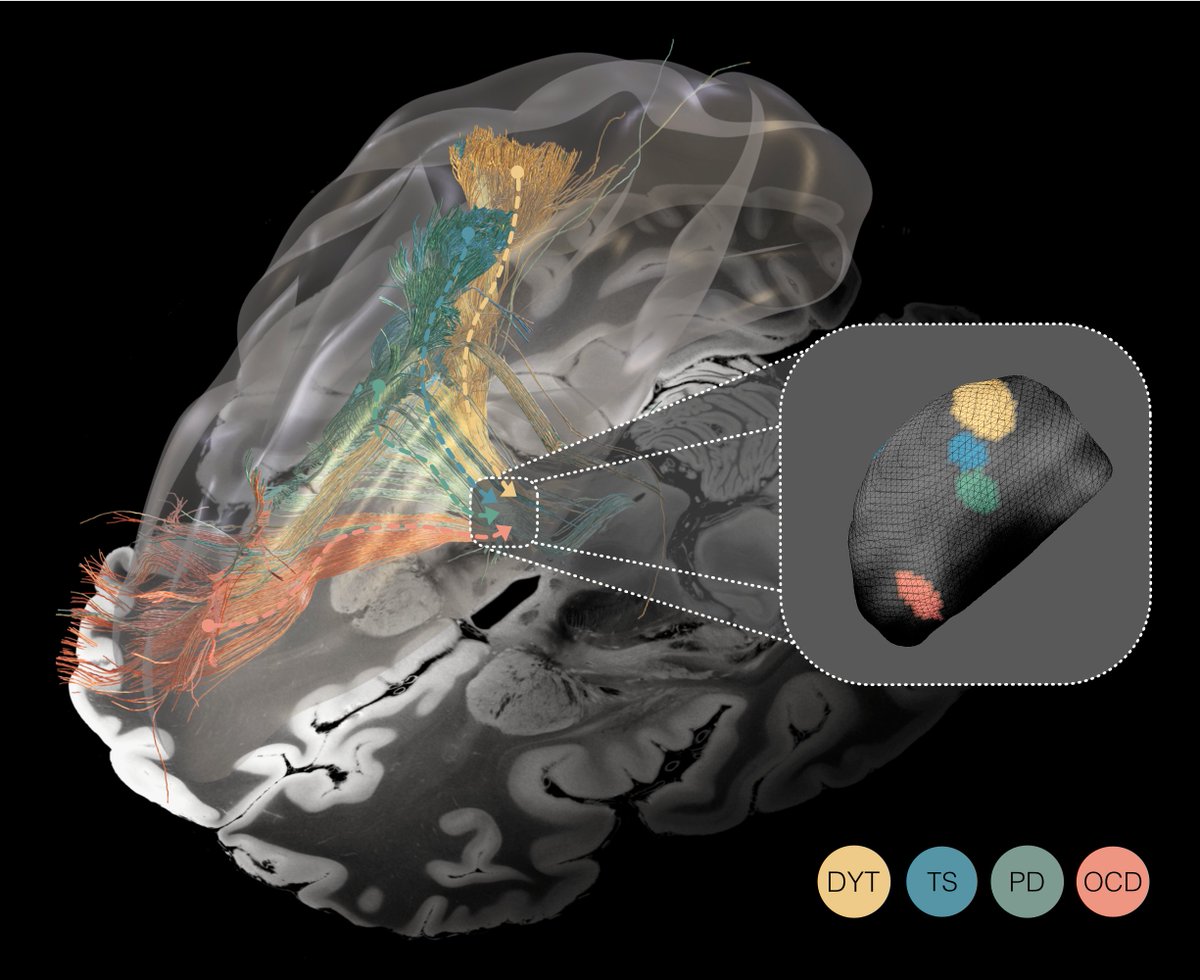

Thanks for the fantastic feedback on our paper, everyone. We are over the moon! 💫 In case you are interested but you lack the time to read the entire thing, we wrote a one-page summary for Nature Neuroscience that is freely available here: rdcu.be/dzqw2
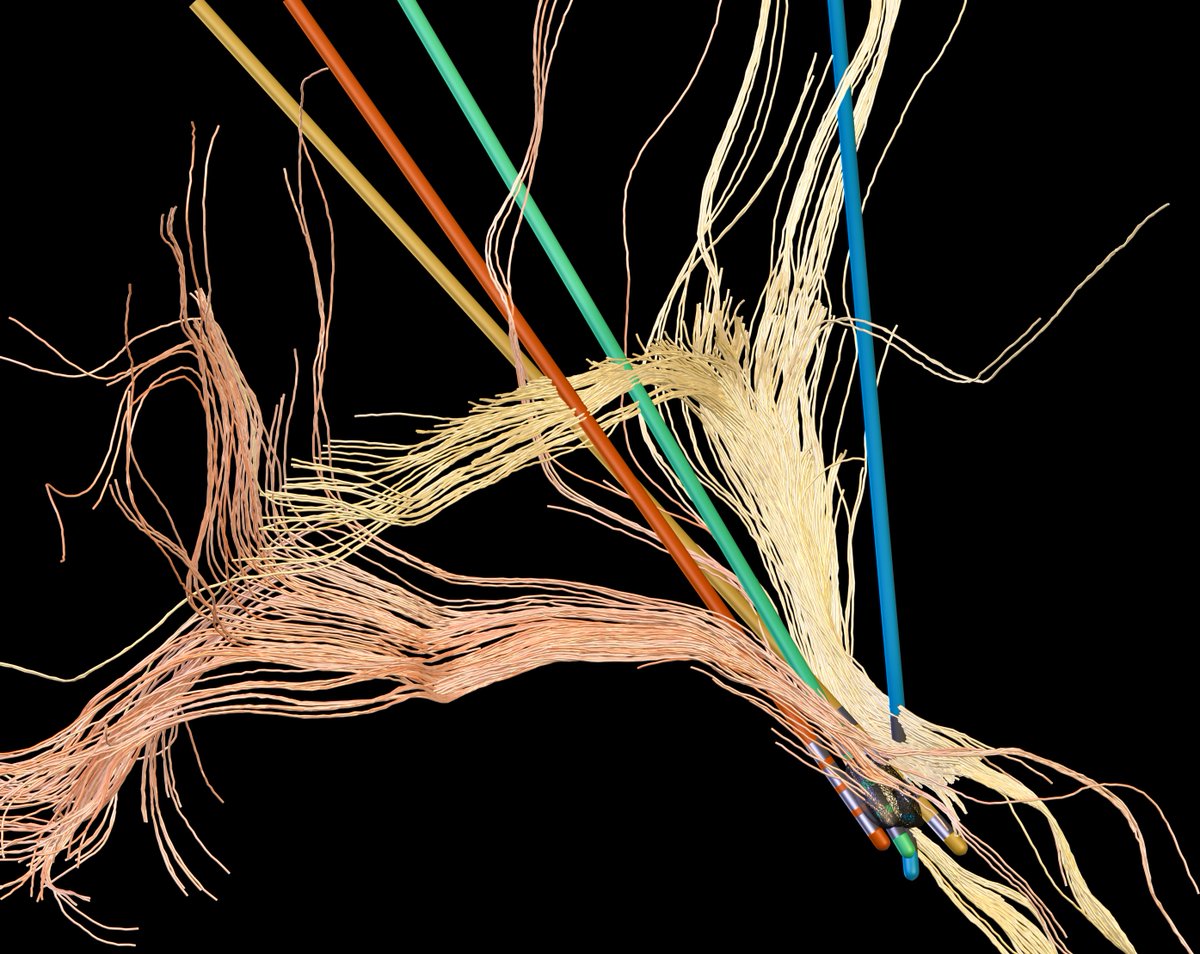

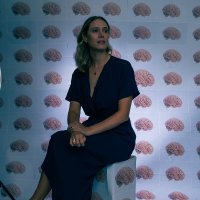
Today was a celebration and a call to action thanks to the tremendous leadership of Maria Shriver @flotus and @potus, who just signed an EO dedicating $12B to women’s health research. Thank you for having me there to join this historic moment. Now let’s get to work 💪🏽

conn2res: a toolbox for connectome-based reservoir computing | doi.org/10.1038/s41467… Computational phenotyping of neural wiring: convert biological networks to artificial networks. by Laura Suarez ⤵️


As a scientist, one of my absolute fav things to do is apply methods that we've developed to imaging datasets from the literature that we love to test our theories of how the brain is organised. Our newest paper in Cell Reports led by Natasha Taylor ticks all these boxes!

New banger from Brandon Munn and co. TL/DR: coarse-graining multi-species calcium data allows us to link across scales and make some inferences about how information processing might work in the brain. Super fun collab with Eli Muller Michael Breakspear & Ethan Scott
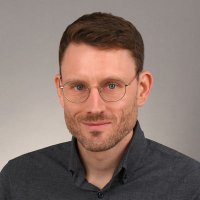
Check out the new preprint by Aroma Dabas on "Learning from imagined experiences via an endogenous prediction error". Excited to be part of this collaboration with Aroma, Roland Benoit and former office mate Heidrun Schultz Center for Cognitive Neuroscience Berlin


When I think about the status of women’s health it’s easy to get angry. But there is so much to be hopeful about. Follow The Ann S. Bowers Women's Brain Health Initiative for updates on our new initiative to advance women's brain health through deeply collaborative science. We need all of you behind this. 💫


